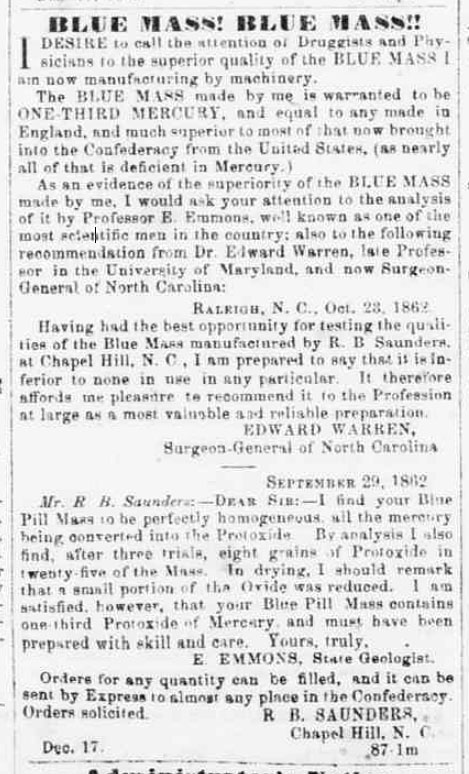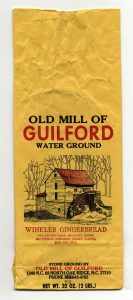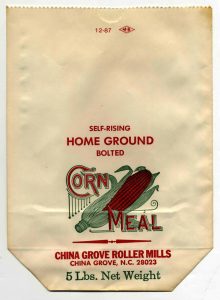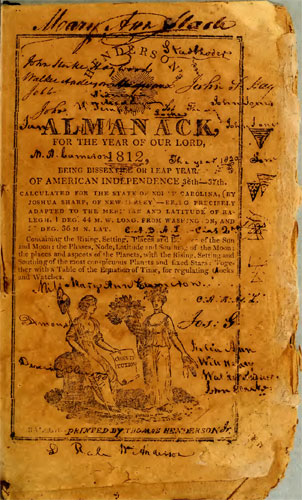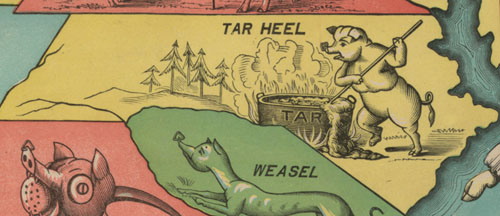
The excellent Strange Maps blog alerted me to this very odd 1884 map showing the nicknames of the states as demonstrated by cartoon pigs. The map was published by an Illinois company that manufactured “hog ringers.” North Carolina’s nickname is not a surprise, and the illustration is pretty tame. The original map is in the Library of Congress.
Month: January 2012
Lumbees give thumbs down to ‘Why I Am for Segregation’
On this day in 1958: Lumbee Indians, upset about two recent cross-burnings near their homes, break up a Ku Klux Klan rally in Robeson County. Klan leader James “Catfish” Cole planned to speak on “Why I Am for Segregation,” but the program is cut short by gunfire, firecrackers and teargas grenades thrown by sheriff’s deputies. One Klansman is charged with public drunkenness.
Life magazine gives the ruckus national attention with eight photos under the headline “Bad Medicine for Klan.”
It wasn’t mainly Baptists who stopped ERA
“In the South, [Phyllis Schlafly’s] STOP ERA was staffed by the Church of Christ and Southern Baptists, as well as smaller fundamentalist and independent Baptist churches.
“Interestingly…. North Carolina’s population was 23 percent Baptist and 0.2 percent Church of Christ, yet the latter actually outnumbered the former in anti-ERA organizations, 45 to 36 percent.”
— From “The Myth of Southern Exceptionalism,” edited by Matthew D. Lassiter and Joseph Crespino (2010)
A Visual History of North Carolina License Plates
A colleague recently pointed out the following site:
North Carolina License Plates, 1969-Present
Which caused another colleague to point out this:
Rick Kretschmer’s License Plate Archives: North Carolina License Plate Index
For a person (me) who used to kill time during family car trips by cataloging the various license plates, these pages are a time sink!
Artifact of the Month: Bags for North Carolina mill products
Reminders of North Carolina’s agricultural roots are spread throughout the North Carolina Collection. One such example serves as the Gallery’s Artifact of the Month for January. A donor recently brought over several bags for different meal products from various mills across the state, and we have selected a few to highlight.
This 11.5” x 4.5” bag for Winkler Gingerbread mix comes from the Old Mill of Guilford. Located in Oak Ridge, North Carolina near the Piedmont Triad International Airport in Guilford County, the Old Mill of Guilford pre-dates the United States. Originally built in 1767, the mill has been through several transformations. The small tub mill for grinding grain into meal was moved 500 feet in 1819 for better access to the nearby dammed pond. It was also converted to an overshot waterwheel mill, which was then converted into a roller mill with a turbine in 1913. The owner brought back the overshot waterwheel in 1954, and the Old Mill of Guilford continues to operate and sell different types of water ground meal.
The Boonville Flour & Feed Mill located in Yadkin County dates to circa 1880 and has also witnessed several transformations. Originally powered by a steam engine and boiler, the mill converted to diesel engine power in the 1920s before adopting electricity as its source of energy. This 15” x 8” bag for Boonville’s Choice Flour features a colorful image of a natural scene while the Old Mill of Guilford’s Winkler Gingerbread mix bag shows the mill itself.
The China Grove Roller Mills in Rowan County was founded in 1896. The building currently in use for the mill operations dates to 1903 and also serves as a general store. The mill uses roller mills that date to 1906 to produce flour, wheat germ, wheat bran, cornmeal, and livestock feed. These 11.5” x 8.5” bags for different types of corn meal provide additional examples of the images common to twentieth century bags for various meal products.
Both the Old Mill of Guilford and the China Grove Roller Mills are on the National Register of Historic Places. Along with the Boonville Flour & Feed Mill, these historic institutions preserve the experience of the local businesses within the agriculture industry that dominated the North Carolina economy for centuries.
The Greatest Paper Map of N.C. You’ll Ever See?
This appreciation of “The Greatest Paper Map of the United States You’ll Ever See… Made by One Guy in Oregon” ….. spurred me to request the image above [click to enlarge] from cartographer David Imus. Handsome, eh? My favorite touch: “(Mayberry)”
“When I started working on North Carolina,” Imus recalled, “I didn’t fully appreciate what a powerhouse it was. But as the map brought to mind that five major cities, world-class universities, two intercontinental airports, and a famous Research Triangle were clustered this state, the true importance of North Carolina became obvious.”
Strange bedfellows of the ’30s: Hemp and yeggs
What caught my eye on the 1935 front page of The Pilot of Southern Pines — thank you, NC Digital Heritage Center — was this headline:
YEGGS CRACK SAFE
IN POSTOFFICE AT
HEMP, GET LITTLE
Yeggs? Hemp?
The Google Ngram Viewer charts the abrupt rise and fall of yegg as slang for safecracker or burglar. First known usage 1903, peaked in the ’30s, origin unknown. Dashiell Hammett called on it frequently, as in “I don’t know why you keep talking about the Senator like he was a yegg…” (“The Glass Key,” 1931). So later did Bugs Bunny (“Easter Yeggs,” 1947) and Daffy Duck (“Golden Yeggs,” 1950). What a loss to the idiom of insult!
According to the North Carolina Gazetteer, the Moore County town of Hemp bore that name only from 1935 to 1943. Before, it was Mechanicks Hill, Mechanicsville and Elise. Ever since, in honor of the local textile mill owner, it has been Robbins (although Hemp Street survives). In recent years the town has been most prominent as a pottery center and as the hometown of John Edwards.
If you don’t mind the design resemblance to the Dr. Bronner’s label, antiquecannabisbook.com provides an entertaining and informative history of North Carolina’s industrial hemp trade.
Early American humor, courtesy of Henderson’s 1812 Almanack for North Carolina
A person about to open a dram shop asked another what he should put on his sign. “Beggars made here” was the reply.
Two men happening to jostle each other in the streets. Says one,”I never permit a blackguard to take the wall.” “I do,” said the other, and instantly made way.
From Henderson’s Almanack for the Year of Our Lord 1812….Calculated for the State of North Carolina. The almanac, whose predictions included a hard frost on February 22 and thunder on July 23, marks the 10,000th book digitized from the University Library’s collections using a high-speed scanner and software application known as the “Scribe.”
The North Carolina Collection is especially proud to have a book from its collection selected for the honor. As NCC curator Bob Anthony points out,”Two centuries ago, an almanac was often the only book in many North Carolina homes, along with a Bible. Selecting this work for digitization gives a very direct glimpse into daily life in the Tar Heel State.” It’s also proof that, over the past 200 years, Americans may not have changed as much as we would like to think.
P.S. Wondering what a blackguard is? Try 2a.
Smoke signals from Washington bode ill for N.C. economy
Blue Mass
There are a lot of curiosities in the old newspapers we’re digitizing, but rarely do I come across any complete mysteries like this ad, which I found in the Fayetteville Observer from January 8, 1863. Do any of you know anything about Blue Mass?
